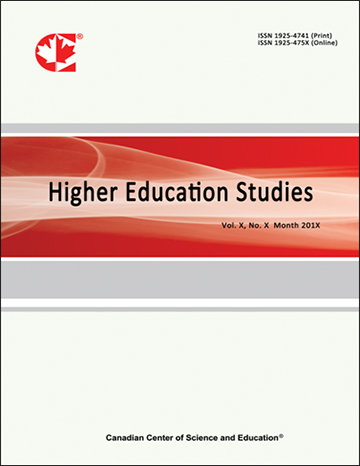The Learning Management Models in the 21st Century for Early Childhood Teachers
- Saksri Suebsing
- Thitinan Udomson
- Supimol Boonphok
Abstract
The goal of this research is to develop a 21st-century learning management model tailored for early childhood teachers in Roi Et Province. The sample group includes teachers of early childhood education. A simple random sample from the sample is chosen to achieve this. 400 persons. The research employed questionnaires, an assessment form, and learning tests for early childhood teachers as tools. The data analysis utilized statistical measures like averages, standard deviations, and other factors. SEM, on the other hand, analyzes linear structural relationships. The results showed that: The progression of learning management among early childhood educators includes: Teacher Professional Competency (CoPT) Noble Truth 4 (NoTF) Teacher Spirit (SopT) Inspiration to have a public mind (IPS) Learning Management Behavior (BML) and the behavior of using learning innovations (UILM) The driving force of civic-mindedness. (IPS) It has a direct impact on the use of learning innovations. (UILM) For early childhood educators, 87.50% In addition, it can offer an additional elucidation of the variability of the internal latent variables. 2 The body exemplifies the principle of Inspiration with a public spirit (IPS) at 82.70% and demonstrates learning management behavior (BML) Percentage at 98.60%.
- Full Text:
 PDF
PDF
- DOI:10.5539/hes.v15n3p162
Index
- AcademicKeys
- CNKI Scholar
- Education Resources Information Center (ERIC)
- Elektronische Zeitschriftenbibliothek (EZB)
- EuroPub Database
- Excellence in Research for Australia (ERA)
- Google Scholar
- InfoBase
- JournalSeek
- Mendeley
- Open Access Journals Search Engine(OAJSE)
- Open policy finder
- Scilit
- Ulrich's
- WorldCat
Contact
- Sherry LinEditorial Assistant
- hes@ccsenet.org
